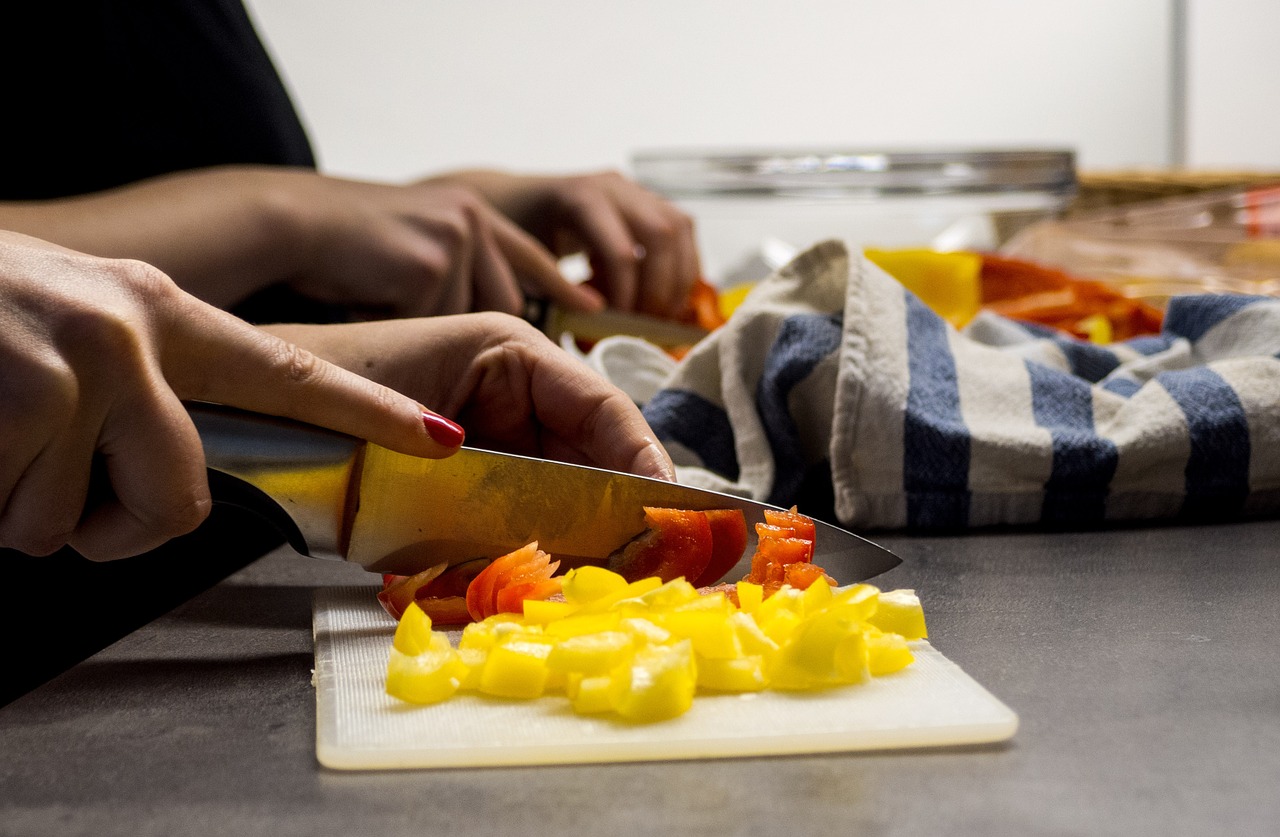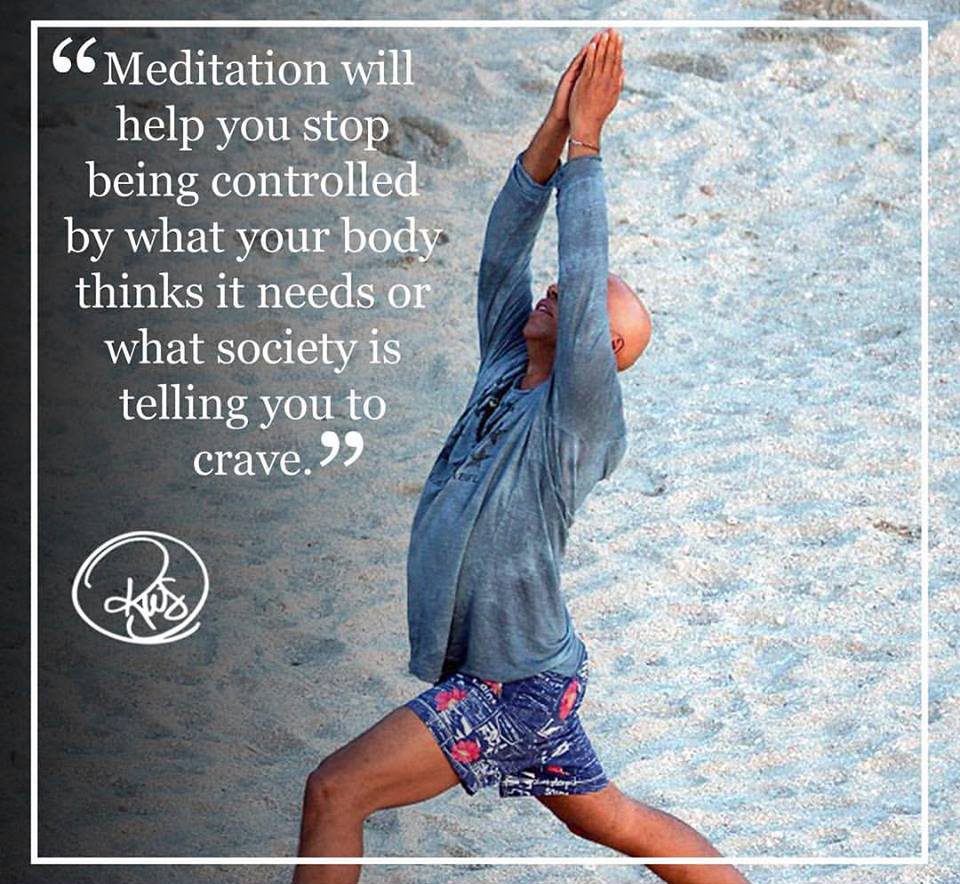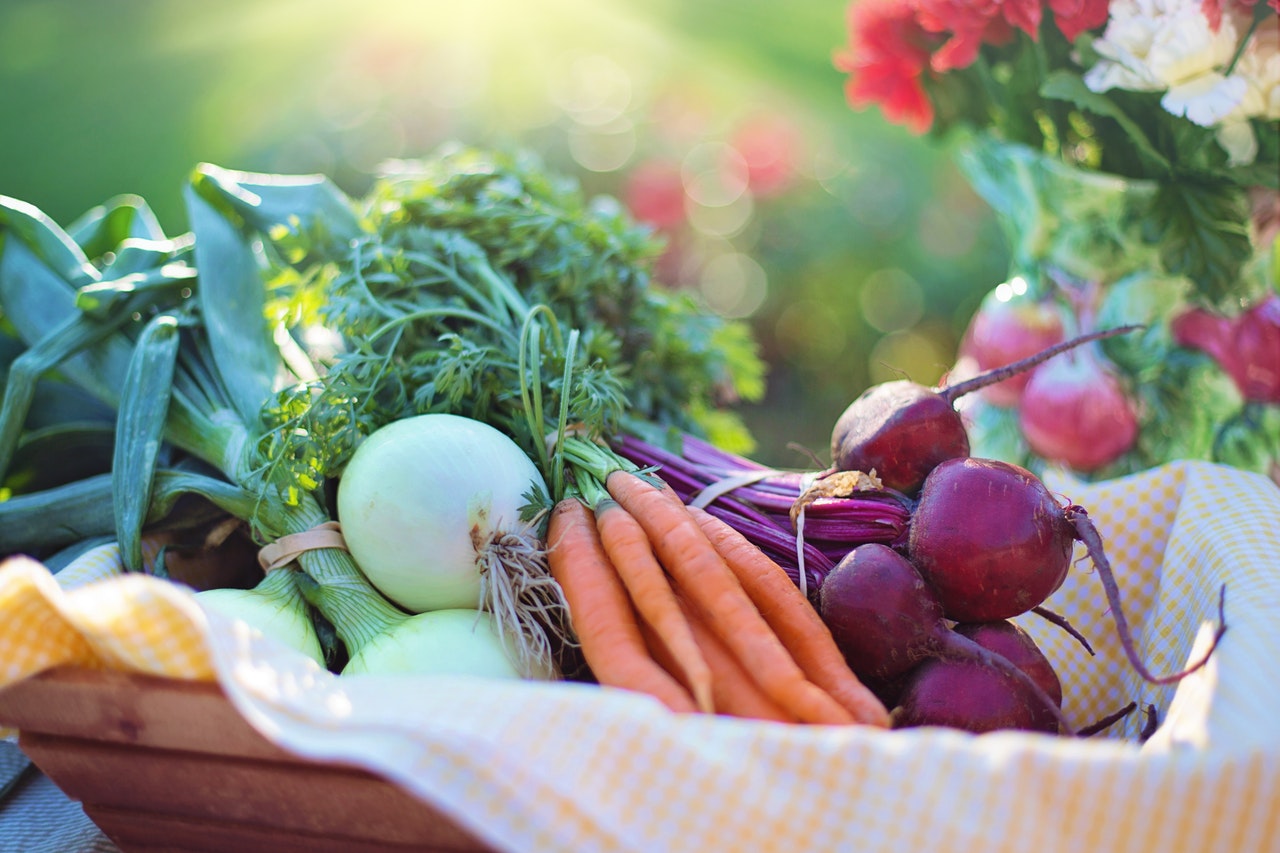
Tips for Going Vegan
Odds are, you’ve heard about the many health benefits of adopting a vegan diet. Removing animal products from your diet helps you lose weight, lower your blood pressure, improve kidney function, protect against certain cancers, help reduce arthritis pain, and so much more. Knowing what veganism can do for you doesn’t mean the idea of actually changing to a vegan diet doesn’t feel overwhelming or even impossible. The good news is, you can make small changes and work toward veganism over time rather than make a sudden switch.
It may be easiest to start by eliminating one animal product from your diet at a time. For example, start with red meat and gradually remove other types of meat over a matter of weeks or even months. You may want to remove eggs from your diet next, and then dairy. Make changes at a pace you’re comfortable with and get used to finding ways to replace those foods with plant-based alternatives.
Some people find it easiest to start by eating vegan at home. If you regularly go out and are concerned it would be difficult to find vegan options at the restaurants you frequent with family and friends, this might be a good option for you. Avoid animal products at home and, when you go out to eat, try to stick to vegetarian dishes as you learn which restaurants have vegan options.
Another approach is to simply not replace animal products in your kitchen as you use them up. As you run out of chicken stock, start buying vegetable stock. Rather than throw away the chicken or fish in your freezer, use it up and don’t buy more. Instead, begin to fill your pantry and fridge with things like brown rice, beans, plenty of leafy greens, and frozen veggies and fruit if those items are more convenient for you than fresh. Nut butters, nuts and seeds, and dried fruits make good snacks and are better for you than convenience foods.
If you have the time, a cooking class can help you feel confident in the kitchen and prepared to cook for yourself. Stock your kitchen with basic seasonings and kitchen essentials such as pots and pans, measuring cups and spoons, a few sizes of knives, cutting boards and, if your budget and space allow for it, small appliances such as a food processor, blender, and mixer. The more time you spend cooking your own meals, the more comfortable you will be trying new recipes and new ingredients. Knowing how to prep and store foods will make cooking your own meals quick and easy. It will also help you avoid packaged and processed foods that may be vegan but also packed with sugar and other processed ingredients.
You can also learn a lot about various plant based foods by browsing the produce section at the grocery store and researching ingredients online. If you see parsnips at the store but don’t know what to do with them, look up recipes online and give them a try. If you have access to a farmer’s market, the farmers themselves can be a great resource on how to cook with seasonal vegetables and will be more than happy to offer cooking advice.
When you look at veganism as the goal of a journey rather than a sudden all-or-nothing lifestyle change, it becomes a much more manageable transition!
- by Russell Simmons
- June 27, 2018





